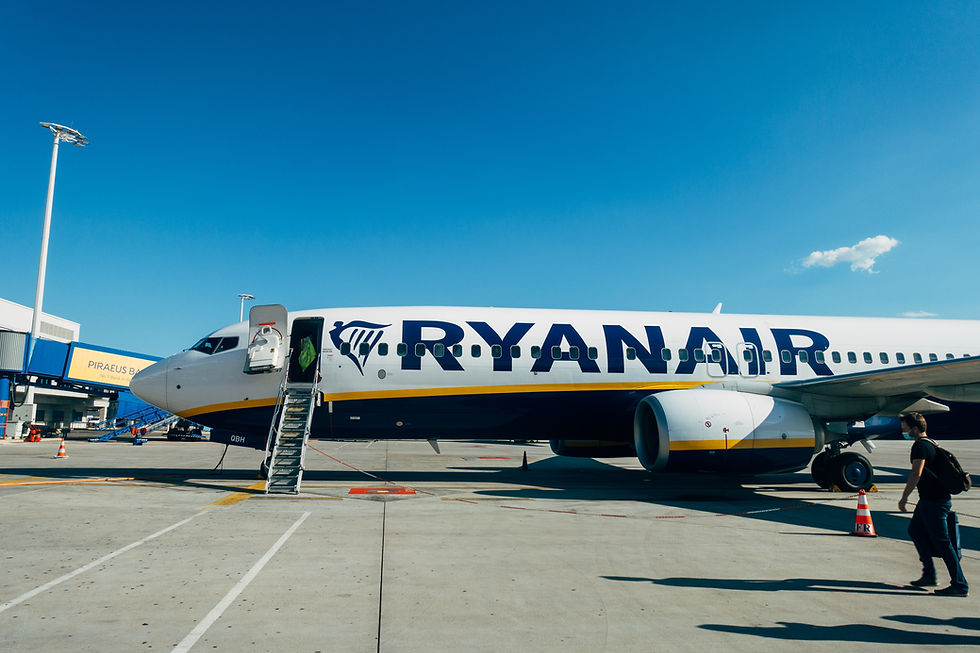EXCESS INSURANCE

EXCESS SURETY BONDS




What is an Aviation Maintenance Bond?
Within the Aviation Industry, most aircraft contracts have a specific leasing agreement and maintenance contract relating to the service of the aircraft. In the aviation industry, Maintenance Reserves are payments made by the Lessee to the Lessor to accrue for scheduled maintenance events that require significant aircraft grounding time and/or turn-around time for certain major component overhauls.
Many airlines have sufficient credit stature that their prominence in the marketplace means they can negotiate out of paying maintenance reserves. On the other hand however, Lessors will show less flexibility for smaller or less credit worthy Lessees. They require these operators to pay Maintenance Reserves which impedes on working capital and cashflow for the Lessee.
The importance of Maintenance Reserves is to protect asset value and is a key consideration to Lessors.
There are two principle mechanisms that Lessees use to pay Lessors for maintenance utility:
-
-
Cash Maintenance Reserve Payments
-
These are payments made on a regular, usually monthly, basis by the Lessee to the Lessor. They are generally based upon the aircraft type and actual utilization. Therefore, at the time an aircraft is taken out of service for maintenance, the Lessor should have funds to reimburse the Lessee to cover the cost of major maintenance events. In the event of default by the Lessee, the assumption is that the Lessor would generally not incur any shortfall exposure.
-
-
End-of-Lease Adjustments
-
This option would expose a Lessor to a greater risk of incurring maintenance costs. It is therefore usually only offered to better quality credit airlines or airlines that have demonstrated a good track record of payment. There are two types of end‐of‐lease payment structures: Upsy and Upsy‐Downsy
-
-
-
Upsy – A payment whereby the Lessor receives payment for time used since last overhaul or since new (typical of new aircraft transactions)
-
Upsy – Downsy – An adjustment can either be one‐way, where the Lessee is required to pay an adjustment when a certain maintenance event is returned with less time remaining than at delivery. Or an adjustment whereby the Lessor may have to pay the Lessee if a certain maintenance event is returned in better condition than at delivery (typical of used aircraft transactions)
-
-
In some leases, the Lessee may have the option, rather than paying cash reserves, to provide the Lessor with a Maintenance Reserve Letter of Credit (MRLC). This isprovided in an amount equal to an agreed projected aggregate notional value of maintenance reserves. An MRLC is usually provided by a bank and is predominantly cash collateralised therefore defeating the purpose of not paying monthly reserve payments.
Aviation Maintenance Bonds, an alternative solution for the Aviation Industry
A potential alternative solution for the Aviation Industry is an Aviation Maintenance Bond. This Bonds is provided by a surety (insurance company) replacing the MRLC with a bond therefore freeing up crucial working capital and increasing cashflow. The bond would be an on-demand instrument, issued by an ‘A’ rated insurer with an amount that is ‘capped’ to reflect the projected maximum exposure during the lease.
If maintenance reserves are either not collected, subject to a redelivery payment scheme, or are under‐funded, then the lessor will be subject to maintenance exposure. In monetary terms, maintenance exposure equals the value of maintenance utility consumed less the value of maintenance reserves collected at a particular point in time. An Aviation Maintenance Bond would mitigate the exposure for the Lessor where funds have not been paid or are were under-funded.
Why get an Aviation Maintenance Bond?
-
It is an alternative to cash reserves or a MRLC which frees up crucial working capital and increasing cashflow.
Who requires an Aviation Maintenance Bond?
-
Aircraft Lessee
Who is the beneficiary of an Aviation Maintenance Bond?
-
Aircraft Lessor
For additional information on Aviation Maintenance Bonds and how they can benefit you and how the application process works, please contact Surety Bonds today. We would be happy to discuss your requirements with you.